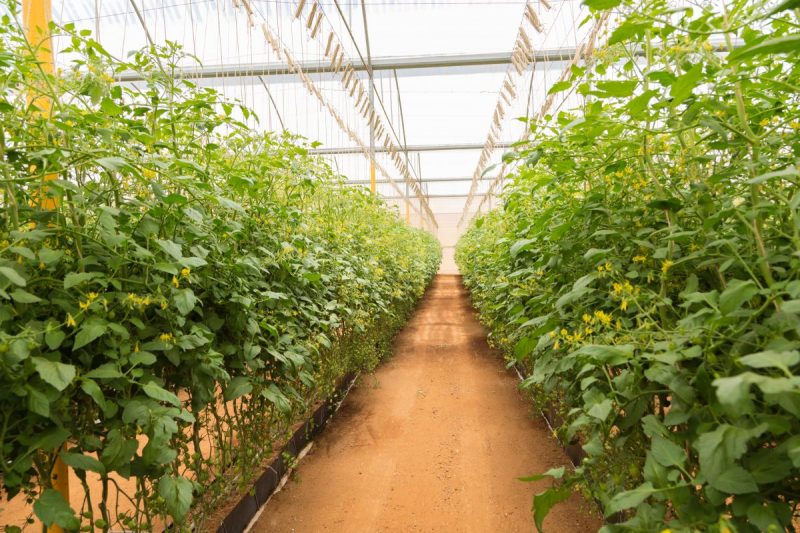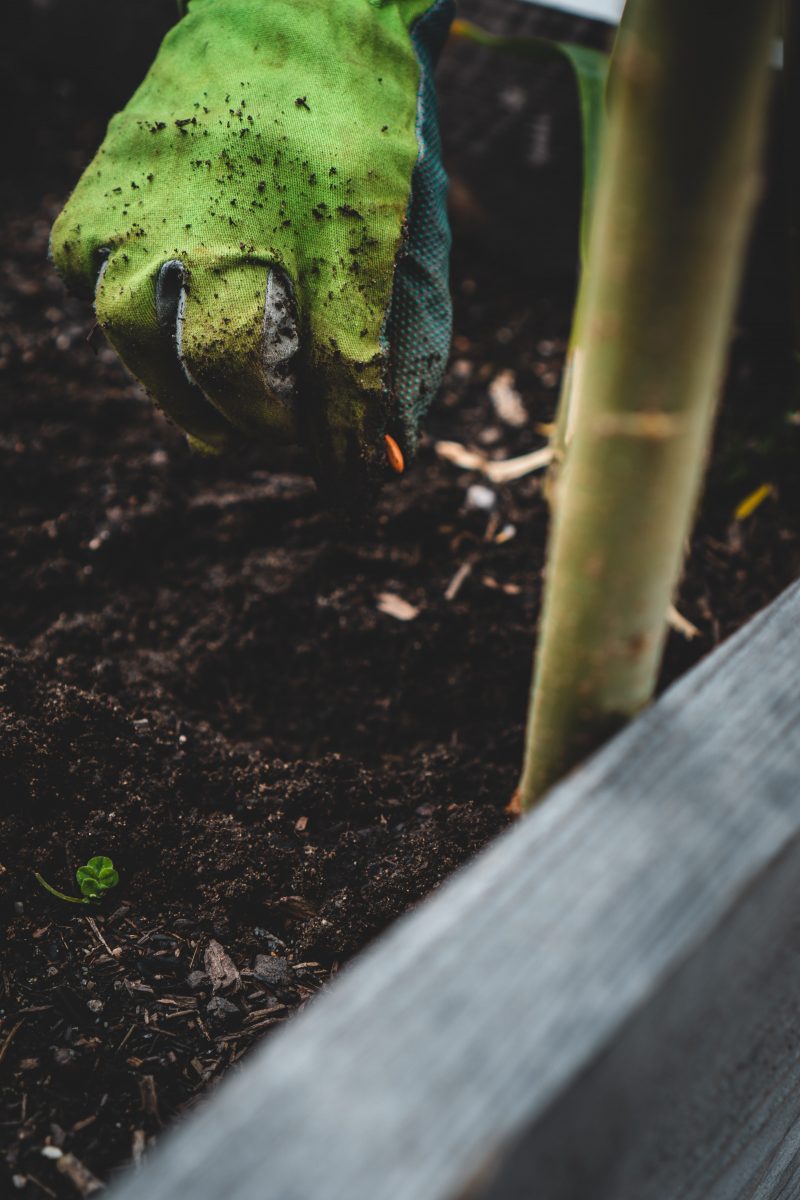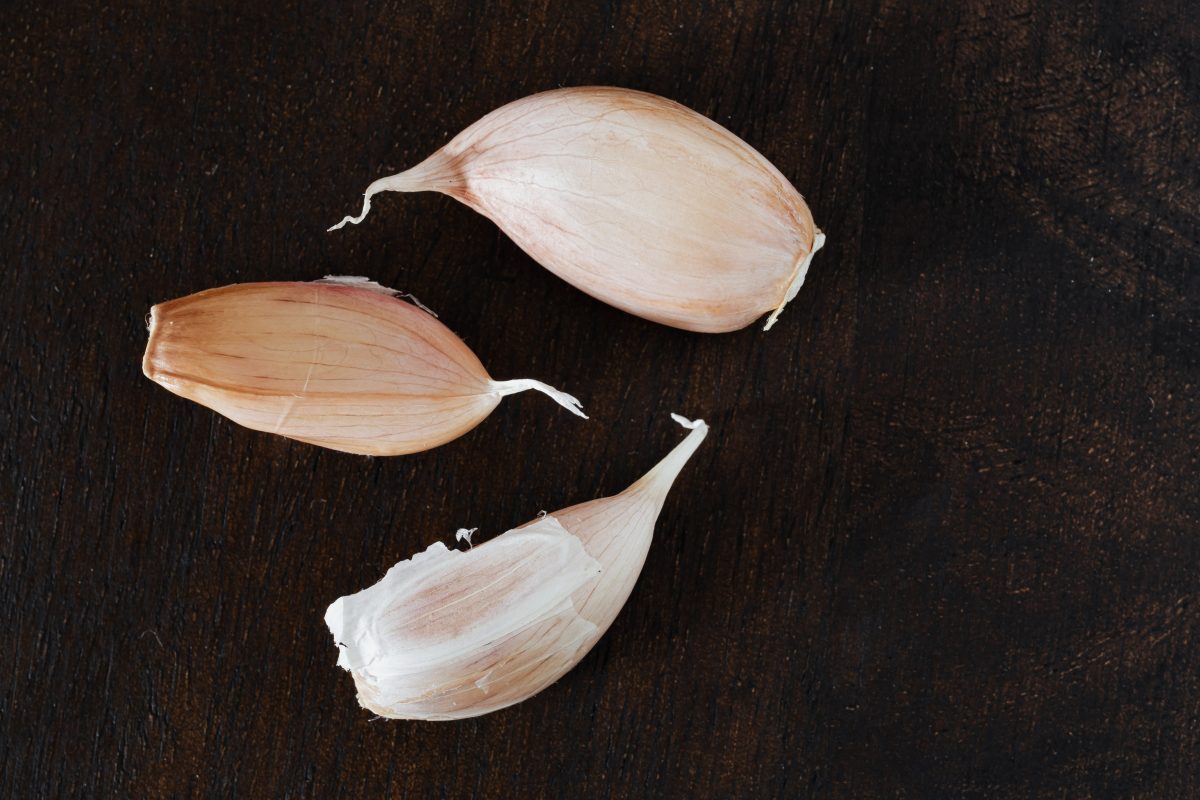Plant propagation – information and methods

Propagation is the biological function of living organisms through which the number of individuals is permanently multiplied.
Vegetables propagate sexually (by seed) and asexually (vegetatively – by bulbs, rhizomes, tubers, cuttings, root suckers).
Seed propagation
The plant material used for seed propagation is represented by the seed itself (tomatoes, peppers, eggplants, peas, onions, cabbage, cauliflower, etc.) or by the fruit (carrots, parsley, beets), which is used directly for sowing.
Seed propagation has some advantages over vegetative propagation, namely:
- a very large number of descendants can be obtained from a single plant;
- seeds stored under normal conditions can be kept for a longer period of time (2-5 years), depending on the species, and in special conditions can be stored for up to 17 years;
- during storage, the seeds take up a small space and can be easily handled.
Vegetative propagation
It is specific to a smaller group of vegetables, which in normal environmental conditions, either do not form a seed (garlic, horseradish) or in this way, a higher, more uniform, and safer production is ensured.
In practice, the following vegetative propagation methods are usually used:
- propagation through bulbs is practiced in the case of garlic, onions, etc. In addition to bulbs obtained in the soil, in some species (garlic) 12-20 underground bulbs are developed on the flowering stem (instead of seeds), which can be used to propagate these plants. Planting is done either in the fall, in September, or in spring, in March.
- propagation through tubers is practiced in the case of potatoes. Medium-sized tubers (50-60 g) are used, and in some cases, portions of tubers with a few buds.
- propagation through rhizomes is practiced in the case of horseradish, sorrel and pieplant. The separation and planting of rhizomes can be done in late autumn or early spring. If horseradish can be propagated from any portion of the rhizomes, the pieplant is propagated only with portions that have a terminal bud.
- propagation by dividing the bush is specific to tarragon, lovage, artichoke, and it consists in dividing the more vigorous bushes, with the help of a knife, and obtaining several fragments that are later planted elsewhere. This is done either in autumn or early spring.
- propagation through cuttings is applied to legumes that have the property of developing adventitious roots. It is practiced in the case of tarragon, yam and, less often, in the case of tomatoes and cucumbers. When planting, 10-12 cm long cuttings are used, which are rooted in seedbeds.
- grafting can be used on tomatoes, peppers, eggplants, cucumbers, melons, cantaloupes, etc. by using a parent stock, which will give the newly obtained plants resistance to diseases and pests.

















































































































































































































































































































































































































































